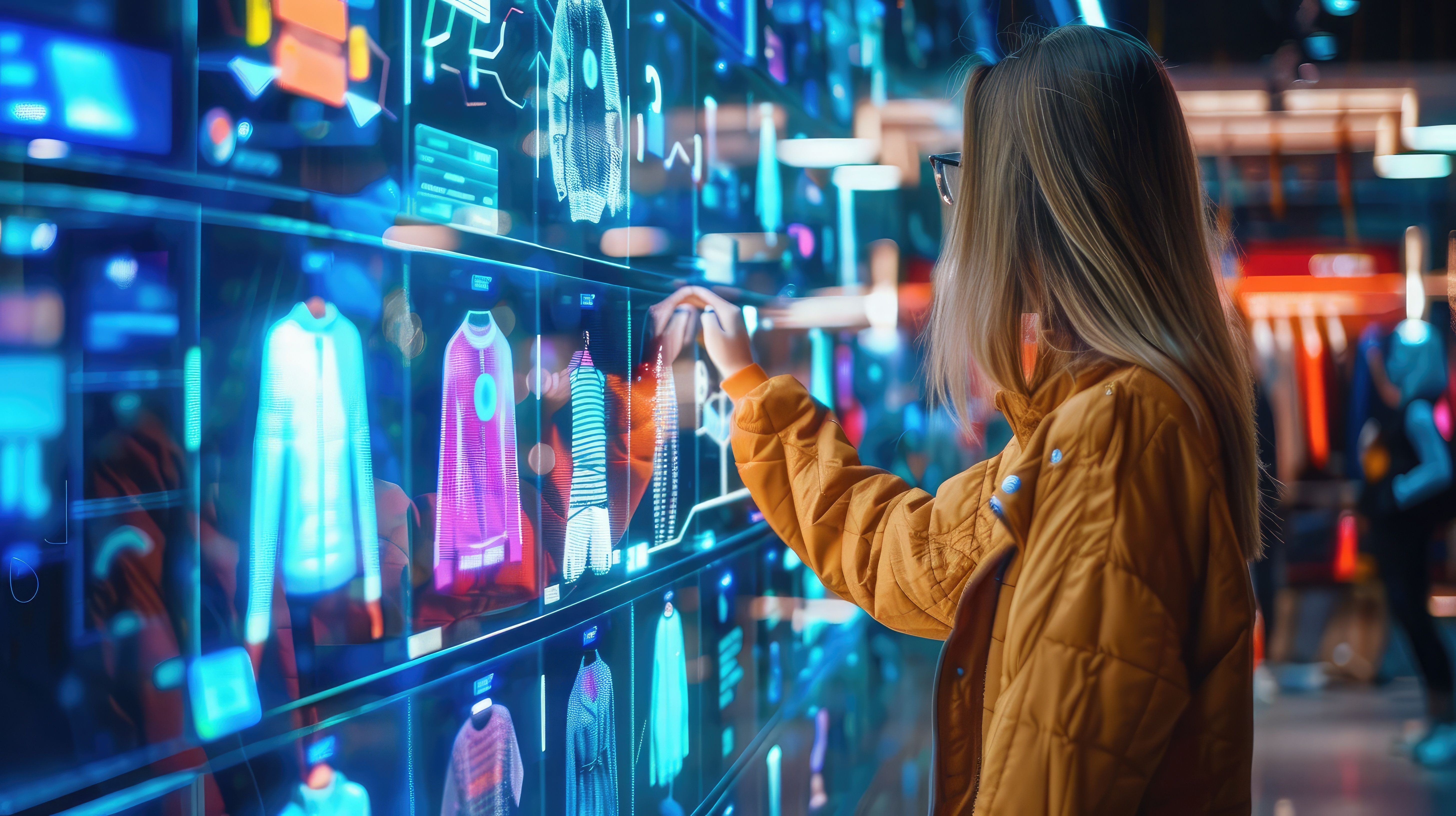What Is AI-Powered Shopping?
AI-powered shopping uses artificial intelligence—think machine learning, data analysis, natural language processing—to personalize and streamline the shopping experience. It can include:
-
Personalized product recommendations
-
Smart chatbots and virtual assistants
-
Voice-activated shopping via smart speakers
-
Visual search tools (take a picture, find the product)
-
Inventory and demand forecasting
-
Fraud detection and secure payments
The goal? Make shopping smarter, faster, and more relevant—for both buyers and retailers.
The Real Problem AI Is Solving
Let’s be honest: shopping can be overwhelming.
Too many choices.
Too much time spent comparing.
Too many tabs open.
And sometimes, despite all that effort—you end up with something that just doesn’t work for you.
AI aims to fix that by doing the hard work behind the scenes. Instead of forcing you to scroll through endless options, it can predict what you’re likely to want, when you’ll need it, and where to find it—saving time and reducing decision fatigue.
How AI Is Already Changing the Way We Shop
Here are some ways AI is already working behind the scenes in 2025—and why it matters:
🛍️ 1. Hyper-Personalized Recommendations
Ever wondered how Amazon always seems to know what you want before you do? That’s AI at work.
By analyzing your browsing habits, purchase history, and even what you’ve paused on for a few seconds, AI can suggest items tailored to your preferences—whether it’s clothing, kitchen tools, or books.
Why it’s helpful:
-
Less time searching
-
Better product discovery
-
More relevant deals
🧠 2. Smarter Customer Support (Without the Wait)
Forget long hold times or vague automated replies. AI-powered chatbots and virtual assistants can now answer questions in real time with surprising accuracy.
They can:
-
Track your orders
-
Process returns
-
Offer product suggestions
-
Even handle complex troubleshooting
Pro tip: Some companies let you speak to a human if the AI hits a wall—so don’t be afraid to ask.
🎤 3. Voice Shopping Is Growing
“Alexa, order more laundry detergent.”
Sound familiar? Voice-activated shopping is becoming more natural, especially for repeat purchases and household essentials.
It’s still catching on for more complex purchases (like clothing), but it's ideal for fast, frictionless reorders.
Keep in mind: Most platforms let you review voice purchases before checkout to avoid surprises.
🖼️ 4. Visual Search Tools
Snap a photo of a lamp in your friend’s house—and AI can help you find the same one (or something similar) online.
Platforms like Google Lens, Pinterest, and even home decor sites are integrating visual search so you can shop with your eyes—perfect for fashion, furniture, and inspiration-driven shopping.
📦 5. Inventory and Delivery Predictions
Retailers are using AI to predict demand, optimize stock levels, and improve delivery logistics.
For shoppers, this means:
-
More items in stock when you want them
-
Faster shipping
-
Fewer “Sorry, this item is unavailable” messages
AI can even suggest when to reorder essentials before you run out.
The Pros and Cons of AI-Powered Shopping
Like any tech shift, AI-powered shopping comes with both benefits and challenges.
✅ Pros:
-
Personalization makes shopping faster and more enjoyable
-
Automation reduces manual tasks (like reordering essentials)
-
Efficiency improves inventory and delivery experiences
-
Accessibility helps users shop via voice or visual tools
⚠️ Cons:
-
Privacy concerns: AI relies heavily on user data
-
Over-personalization may limit your exposure to new brands or options
-
Dependence on tech: Less human interaction and fewer personal touches
-
Bias in algorithms: AI can reflect or amplify data bias if not managed carefully
Is AI Shopping Really the Future?
All signs point to yes—but not in a “robots will do all the shopping” kind of way. Instead, AI is becoming a behind-the-scenes assistant, quietly making the entire process smoother, smarter, and more relevant to your needs.
Retailers are investing heavily in AI to stay competitive, while consumers are enjoying faster, more convenient shopping experiences. As AI becomes more integrated with wearables, smart homes, and even in-store experiences, it will blur the lines between online and offline shopping.
Think: walking into a store and getting a personalized product guide on your phone—or a fitting room that shows outfit variations in real time.
Final Thoughts: Smarter Shopping, Not Just Faster
AI-powered shopping isn’t about replacing human choice—it’s about enhancing it. By helping us navigate endless options, avoid mistakes, and discover new favorites, AI is transforming the way we shop into something more intelligent and efficient.
Here’s your takeaway:
AI shopping is already here—and growing. The best way to benefit? Stay informed, be aware of how your data is used, and take advantage of tools that genuinely save you time and effort.
Smart shopping isn’t just the future—it’s already in your pocket.









